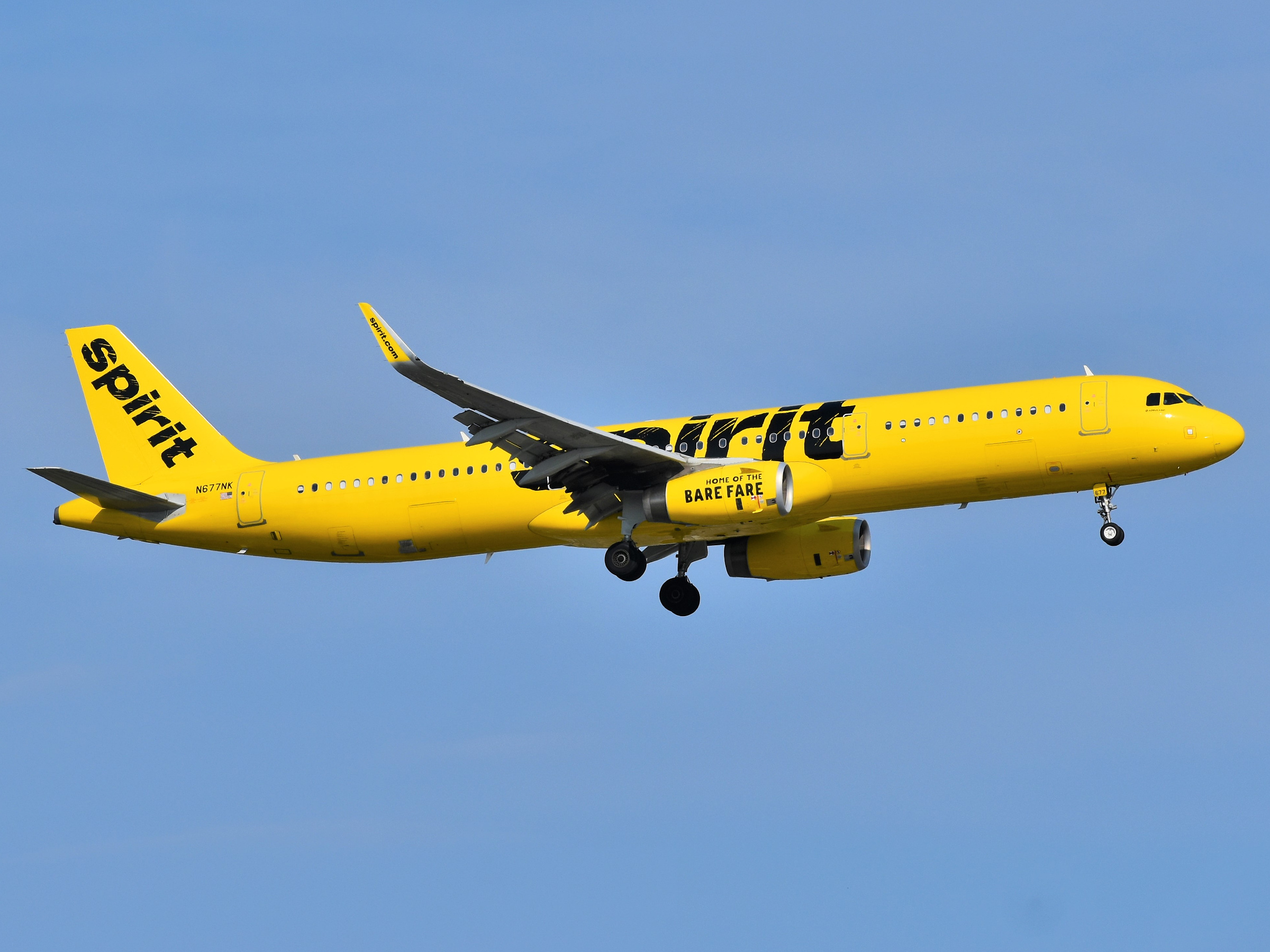Spirit Airlines has always been known for its ultra-low fares, bright yellow planes, and no-frills approach to flying. Love it or hate it, the airline carved out a niche for travelers looking to get from point A to point B as cheaply as possible—baggage fees, legroom complaints, and all. But after a rough financial year, including a failed merger with JetBlue and a bankruptcy filing, Spirit is now looking to change its image.
After officially emerging from Chapter 11 bankruptcy, Spirit is working to rebrand itself as something new—a premium low-cost carrier. That’s right, the airline once known for charging extra for everything from carry-ons to printed boarding passes is now promising an upgraded experience for passengers. But what does that actually mean, and can Spirit pull it off? Here’s what we know so far.
A Rocky Road to Bankruptcy
Spirit’s financial troubles didn’t happen overnight. The airline faced rising operating costs, intense competition, and shifting travel demand. The pandemic-era travel boom gave airlines a temporary boost, but as demand settled and operational costs climbed, Spirit found itself in trouble.
Then came the JetBlue merger drama. Spirit had been hoping to merge with JetBlue in a $3.8 billion deal, but federal regulators blocked it, arguing that it would reduce competition and drive up fares. With that deal off the table, Spirit was left scrambling for options as it struggled to stay afloat financially.
By late 2024, the airline filed for Chapter 11 bankruptcy, a move meant to help reorganize its debts and keep the company running. Now, just months later, Spirit is back in business with a new plan and a fresh approach.
A New Strategy: Premium, But Still Affordable?
So, what exactly is Spirit changing? The airline’s CEO, Ted Christie, says the plan is to move away from being seen as the “cheap” airline and instead become a “premium low-cost carrier.”
That’s a bold shift, considering Spirit’s entire brand was built around keeping costs as low as possible. While details on what this rebranding will look like are still vague, the airline has hinted at improving customer experience while still maintaining competitive pricing.
But let’s be real—Spirit’s reputation has taken a hit over the years. The airline is infamous for its tight seating, numerous fees, and sometimes bumpy customer service experiences. Will travelers be willing to pay a little more for a better experience, or will they still see Spirit as the budget airline with hidden costs?
Financial Restructuring and Fresh Investments
One of the biggest hurdles Spirit had to clear was getting its finances back on track. During bankruptcy, the airline converted $795 million of debt into equity and secured an additional $350 million in new investments. That means it now has more breathing room financially to invest in better services, new routes, and possibly even better seating options for passengers.
Spirit’s leadership is optimistic about this next phase. In a statement, CEO Ted Christie said that Spirit is now in a “stronger financial position” and ready to invest in its transformation.
New Routes and Operational Changes
Despite its financial struggles, Spirit is still expanding. The airline recently announced new nonstop routes from San Antonio to Nashville and Detroit, and it’s bringing back service to Baltimore. These new routes are part of Spirit’s plan to increase connectivity and give travelers more budget-friendly options—even as it tries to shift to a more premium experience.
Additionally, Spirit is closing some underperforming locations, particularly in urban markets where profitability has been a challenge. While it’s cutting back in some areas, the airline is also focusing on strengthening key hubs and expanding into markets where demand for low-cost travel is still high.
Can Spirit Pull Off This Rebrand?
The big question is: will travelers buy into Spirit’s new image?
On one hand, Spirit already has a built-in audience of budget-conscious travelers who just want the cheapest flight possible. These travelers might not care about premium perks—they just want low fares.
On the other hand, if Spirit can actually improve the flying experience—better seating, fewer fees, better service—it could attract a new audience of travelers who are willing to pay slightly more for a better experience.
But changing public perception won’t be easy. Spirit will have to prove that it’s serious about offering better service without losing what made it successful in the first place—affordable travel.
What’s Next?
Spirit’s rebrand is still in its early stages, and we’ll have to wait and see what “premium low-cost” really looks like. Will it be better seats? Fewer fees? Improved customer service? Spirit hasn’t laid out all the details yet, but one thing is clear: the airline knows it can’t just keep operating the way it used to.
For now, travelers should keep an eye on any upcoming changes and see if Spirit’s new approach is worth giving another shot. Whether this rebrand will be a game-changer or just another marketing spin remains to be seen.






